What’s Budding
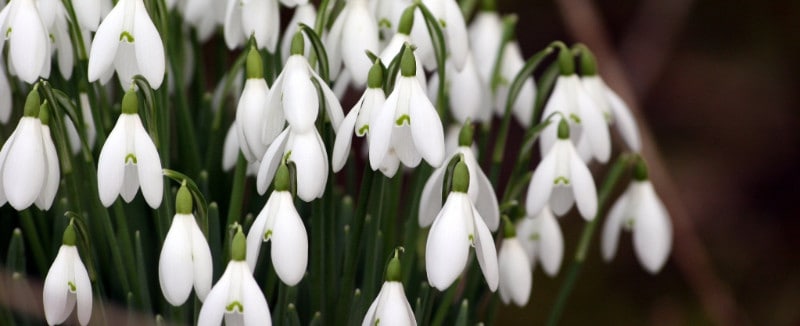
What’s Budding
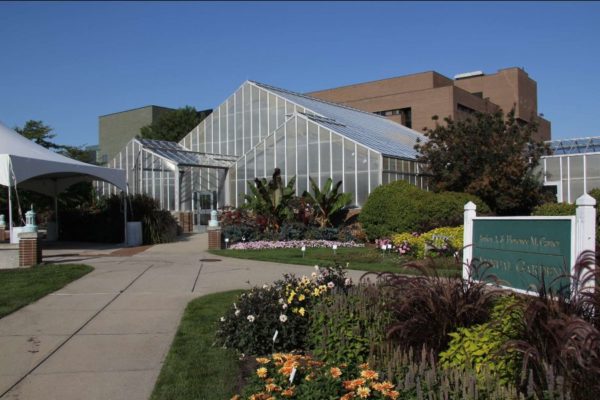
When I was a student of Horticulture at MSU, I worked as the weekend attendant at both of the greenhouse ranges. Back in the late 1970s, there were glass houses south of what is now called Old Horticulture, and those held the horticulture teaching collection, undergrad classwork space, and the botany collection.
I was fortunate to know an employee in this area through 4-H, and he was a reference for me to become a part-time student employee. After just a few weeks of weekday schedule, I was assigned to work every other weekend as a caretaker of the horticulture houses. I adjusted the manual vents, checked the automatic ones, verified the heat settings, locked and unlocked as required, monitored and watered collections and crops, and performed small projects that were best done during low traffic times.
I was fortunate to be supervised by Dr. Will Carlson, as well as other professors who taught classes from the range. Dr. Carlson had a tremendous impact on the bedding plant production industry here in Michigan and around the country. He was tough but fair, and I was proud of the fact that he entrusted me with the weekend responsibilities, including asking me to work the Christmas holidays.
I learned a great deal about plants, and a fair amount about why the University was about to construct an entirely new range as part of the new Plant and Soil Science complex. Old glass houses are brutally expensive to heat, sometimes a safety hazard due to the fragile glass, and ours were laid out with very tight aisles, far from being ADA compliant.
I later worked in the current research greenhouse complex, supervised by Alan Armitage, now Dr. Armitage. He was working on his advanced degrees at that time, was very enthusiastic about the importance of research.
He tried at least twice to talk me into working on a master’s degree. He was originally from Canada, and had experience in the interiorscape industry and research. I found the interiorscape topic as fascinating as the work with potted roses.I also collected Easter lily blooming data for Royal Heins, now Dr. Heins, and recorded research data for several other graduate students. Here the vents were all automatic, the aisles much wider and the plants virtually all research subjects.
The greenhouse environment, with its intense warmth and humidity, is a special place to be, especially in Michigan winters. I am convinced that experience left a desire for a greenhouse in my psyche ever since. As we begin to field questions about why we are building a greenhouse, there are several valid answers. We plan to explore this topic in future newsletters.

On the Green Side
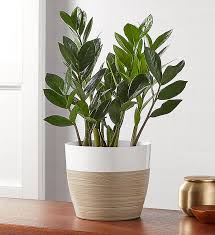
ZZs Please
One of our favorite interior tropical plants is the Zamioculcus zamifolia, or ZZ. This glossy, semi-succulent beauty has a unique form and leaf structure that stands out from other tropical plants. Offered in 4”, 6”, 8”, 10” and 14” grow pot diameters, the ZZ can be included in mixed planters when the smaller sizes are used, or as a stand-alone in 10” or 14” pots. Fairly upright when produced in Florida, the stems tend to elongate and curve out as the plants mature in our indoor lighting. Few pests are observed, though scale may become established if the plant is exposed to the pests.
A member of the Araceae family, it is native to eastern Africa, including Kenya. Tolerant of drought, the ZZ is able to sustain in relatively low light indoors. This plant is toxic to pets and humans, so be thoughtful of where you place it.
Digging In
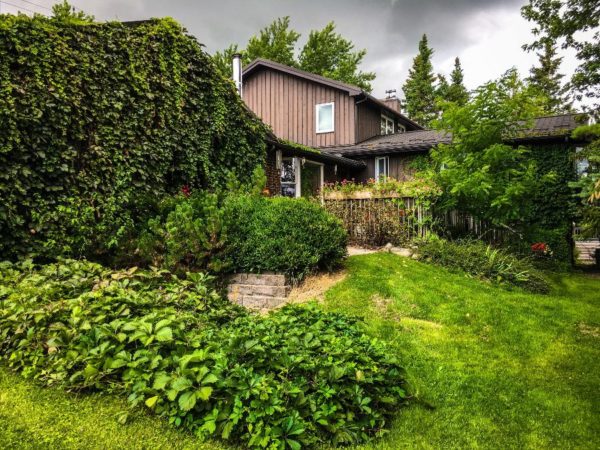
When to Rejuvenate Your Landscape
With the hustle and bustle of life, it can be very easy to put off yard and garden maintenance. Many people enjoy doing yardwork, but often find that it can be difficult to find the time between working, social activities, and raising a family. We live in a fast-paced culture that leaves us with little flexible time. With the little time we do have, many people don’t want to spend it in the garden, although they would enjoy a tidy, beautiful landscape. With leisure time such a precious commodity, it is easy for landscape maintenance to be neglected.
I have met with many clients who seem to feel guilty about how the landscape looks. They feel the need to explain how or why it looks as it does. I strive to put our clients at ease. I like to let them know I have three kids (all involved in various activities) church and community interests, as well as work and I completely understand. I want everyone to know that we are here to help. Garden rejuvenation is very rewarding to me. I love seeing a landscape go from looking overgrown and neglected to tidy and beautiful in as little as one to two days.
When meeting with a client for a landscape that needs a little (or lot) of TLC, I always make note of what plant material can be kept as is, reused elsewhere in the garden, divided, pruned, or needs to be removed. I believe in keeping as much plant material possible, instead of just clearing everything out and starting over. Unfortunately, there are those times that completely starting over is what is needed. Plants that have certain diseases, or are past being able to be rejuvenated by pruning. Landscape beds where noxious hard to control weeds have taken over, may need to cleared and treated before replanting them.
There can be many reasons the landscape needs an overhaul. Most commonly, the plants were planted too closely together when they were small and cute, but are now competing for space. It is important to have a scaled plan when deciding where plants should go to avoid this.
Over the years landscape trends have changed and now may date the house, or the homeowners are tired of the look. When I started in horticulture design in the 90’s yew shrubs were the rage. Most often yews were planted in hedges along the foundation, or planted in a group of three under the windows at the front of the house. 30 years later, many now look tired from years of improper pruning, or too little pruning. Many have been decimated by deer, suffer from nutrient depletion, or soil compaction. Drought or poor drainage may also have taken a toll on all or some of the plants.
Without a plan or direction in mind, sometimes homeowners are eager to try whatever catches the eye in the garden center. I can be guilty of this myself. I get home with an interesting find, and have to search for a proper space to plant my new addition. Randomly added, single plants can give the garden a chaotic look, instead of a cohesive one.
Some landscapes are in need of a hard pruning. Pruning can make the plants look neat and tidy once again and cause a flush of new growth. This process can take up to three years since only 1/3 of the plant material should be removed at a time for most trees and shrubs.
Many perennials need to be divided or thinned every four to five years. Ornamental grasses die out in the middle of the clump, and some perennials, such as upright varieties of sedum, can get very floppy.
It is an amazing transformation to bring back a tired or neglected landscape. We at The Plant Professionals enjoy working with our clients to accomplish the renovation.

The Buzz
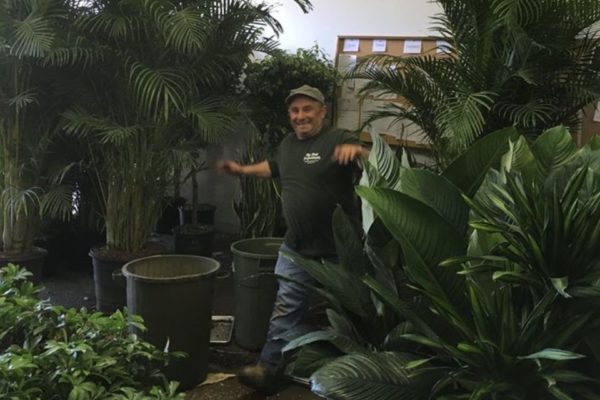
Ever since Al Marrero was a young child, he has been curious about plants. He has always wanted to know more about how and why they grow. After graduating high school at 16, Al went on to study forestry engineering at the University of Pinar del Rio located in Cuba. This five-year program included studies in horticulture, agriculture, and forestry.
After graduating from the University in 1993, Al went to work in the Department of Propagation of Tropical Plants with a company called Arentur. He propagated plant material, as he puts it, old style. They rooted cuttings, and germinated seeds, to be planted along the coastline. Arentur takes care of national resources on the beaches East of Havana. They make sure that the hotels and tourist industry don’t adversely affect the natural environment. Al worked with Arentur until 1998.
Next Al went to work at a company called Playa del Este, where he worked in the architectural department. Al decided what plants needed to be planted along the beaches according to the budget and environment. He had to study the salinity of the water, the potential height of the plants, and the distance to the water from where they would be planted. Al worked at this job for two years before being sent to work in Brazil.
In Brazil Al accumulated data, and researched the environmental impact urban growth would have on the Amazon. If an area wanted to build a new municipality, the data would help to determine if was worth the investment, and how the environmental impact could be minimized.
After Al left Brazil and moved back to Cuba, he took additional training. This time he studied Food and Beverage Management. For two years he was the food and beverage manager in hotels in the tourist industry, before moving to Mexico. Al was the food and beverage manager at the hotel Fontan in Cozumel for one year.
In 2004, Al made the move to the United States. His first job here was with the Department of Agriculture as a technician in Miami. He inspected citrus plants, checking for citrus canker. Al worked there for two years until the state of Florida decided to stop funding the program.
Kerry’s Bromeliad Nursery in Apopka Florida was Al’s next opportunity. He was a head grower for one of their two production facilities. Kerry’s grew Phalaenopsis orchids for Home Depot locations across the country.
After leaving Kerry’s Al worked in a high-end residential landscape business in South Tampa as a foreman for landscape installations, he managed crews and drove the truck and trailers.
In 2008, Al came to Michigan to visit family and decided he liked it here. He liked that Michigan had changing seasons that made the weather so different here than Florida. Al started Al’s General Care, specializing in garden renewal and landscape maintenance, and continues to own Al’s General Care with his business partner Gustavo Romero-Ramos. He worked on building this company on nights and weekends while working a full-time job outside of horticulture.
While Al’s landscape business was growing, he happened to drive by The Plant Professionals and noticed the building sign out front. Two months later, he saw a job posting for this business and decided to apply. Soon Al was working at The Plant Professionals full time.
Al has great knowledge and interest in all plants, and one of the benefits of working with indoor tropical plants is that the work is year-round. Al started here at The Plant Professionals as an installer, quickly jumping into the holiday decorating season, and soon switched roles with an overwhelmed crew leader. Clients had been asking for help with their landscape for several years, and Al brought the skills and knowledge to make that possible. Al has been the driving force of the landscape development here and has grown the outdoor color maintenance program. Al is not only the installation supervisor but in 2014 he became Jr partner and is now part owner.
Al’s plans for the future are to keep growing a sustainable business. He enjoys researching various landscape and other business methods in his free time. Always trying to improve our systems on composting, recycling and reuse of materials where possible. Al highly values the relationships he builds with both customers and coworkers, and provides each with education and the goal of 100% satisfaction.
Copyright © The Plant Professionals